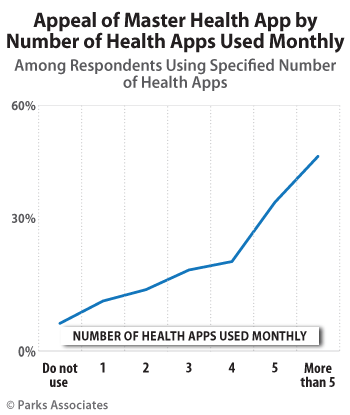
A recent but significant development is Apple’s and Google’s entry into the health and wellness market. Both giants offer a wearables OS platform, dominate the smartphone and tablet software market, control app distribution channels, and now have their own respective health data aggregation/device integration platform. Apple’s HealthKit and ResearchKit have received considerable news coverage highlighting its partnerships with healthcare industry players. Google also launched its Google Fit solution targeting fitness and wellness data at first.
For wearable device makers and software developers, working with these two technology platform providers has both pros and cons. Apple and Google may have both scale and a strong ecosystem of partners, but they come from a technology industry with limited experience dealing with healthcare data and care delivery services Concerns go that they may even complicate data integration by placing their own business interest above small device makers’ interests. For this reason, many device makers today hedge their bets by working with alternative data aggregation platforms, such as Validic.
Longer-term, as consumers begin to use more devices and apps to manage different aspects of their health and wellness, the need will surface to have a common user interface that displays health information and manages different care tasks. Parks Associates survey data show a positive correlation between the number of health apps that consumers use and their interest in a “master app” that presents health data from all of the other health apps. Wearable device makers and app developers may fear that Apple and Google could use their market dominance to set their respective health master app as the default option, thus reducing partner apps’ visibility and revenue opportunities.
Lastly, we believe that in the long term, care providers will evaluate personal health and wellness data along with EMR and other clinical data when managing patient care. As a result, wearable device makers will benefit from getting themselves up to speed with requirements from healthcare privacy and security regulations—known as HIPAA compliance. Data storage in the cloud, data sharing between users and their care providers, and data mining and analytics—all of which are key functions to enable a rich user experience—will have to comply with HIPAA’s rules. Compliance is a significant business process; device makers that want to break into the care service business must incorporate compliance of their various product and service components into their company processes now.
Further Reading:


